This essay was originally published in The Public Domain Review under a Creative Commons License. Please see their rules for reuse.
Matthew Goodman explores the life and writings of Elizabeth Bisland, an American journalist propelled into the limelight when she set out in 1889 — head-to-head with fellow journalist Nellie Bly — on a journey to beat Phileas Fogg’s fictitious 80-day circumnavigation of the globe.

On the morning of November 14, 1889, John Brisben Walker, the wealthy publisher of the monthly magazine The Cosmopolitan, boarded a New Jersey ferry bound for New York City. Like many other New Yorkers, he was carrying a copy of The World, the most widely read and influential newspaper of its time. A front-page story announced that Nellie Bly, The World’s star investigative reporter, was about to undertake the most sensational adventure of her career: an attempt to go around the world faster than anyone ever had before. Sixteen years earlier, in his popular novel, Jules Verne had imagined that such a trip could be accomplished in eighty days; Nellie Bly hoped to do it in seventy-five.
Immediately John Brisben Walker recognized the publicity value of such a scheme, and at once an idea suggested itself: The Cosmopolitan would sponsor its own competitor in the around-the-world race, traveling in the opposite direction. Of course, the magazine’s circumnavigator would have to leave immediately, and would have to be, like Bly, a young woman –the public, after all, would never warm to the idea of a man racing against a woman. But who should it be? Arriving at the offices of The Cosmopolitan that morning, Walker sent a message to the home of Elizabeth Bisland, the magazine’s literary editor. It was urgent, he indicated; she should come at once.
Each month for The Cosmopolitan Elizabeth Bisland wrote a review of recently published books entitled “In the Library.” She was a reader with refined tastes and wide-ranging interests; the subjects covered in her first few columns included Tolstoy’s social gospel, the fourteenth-century tales of Don Juan Manuel, the collected poems of Emma Lazarus, and a two-volume history of the Vikings by the Norwegian author Hjalmar Hjorth Boyeson. Born into a Louisiana plantation family ruined by the Civil War, Bisland had moved to New Orleans and then, a few years later, to New York, where she contributed to a variety of magazines and was regularly referred to as the most beautiful woman in metropolitan journalism.
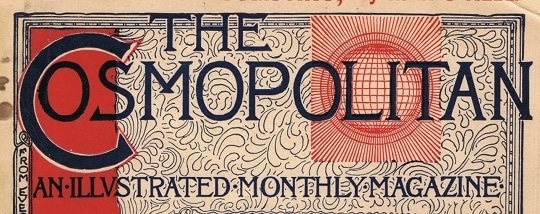
At the time of her race around the world Elizabeth Bisland was twenty-eight years old. She was tall, with an elegant, almost imperious bearing that made her appear even taller; she had large dark eyes and luminous pale skin and spoke in a low, gentle voice. She reveled in gracious hospitality and smart conversation, both of which were regularly on display in the literary salon that she hosted in her small apartment, where members of New York’s creative set gathered to discuss the artistic issues of the day. Bisland’s particular combination of beauty, charm, and erudition seems to have been nothing short of bewitching. One of her admirers, the writer Lafcadio Hearn, called her “a sort of goddess,” and likened her conversation to hashish, leaving him disoriented for hours afterwards. Another said, about talking with her, that he felt as if he were playing with “a beautiful dangerous leopard,” which he loved for not biting him.
Bisland herself was well aware that feminine beauty was useful but fleeting (“After the period of sex-attraction has passed,” she once wrote, “women have no power in America”), and she took pride in the fact that she had arrived in New York with only fifty dollars in her pocket, and that the thousands of dollars now in her bank account had come by virtue of her own pen. Capable of working for eighteen hours at a stretch, she wrote book reviews, essays, feature articles, and poetry in the classical vein. She was a believer, more than anything, in the joys of literature, which she had first experienced as a girl in ancient, tattered volumes of Shakespeare and Cervantes that she found in the ruined library of her family’s plantation house. (She had taught herself French while she churned butter, so that she might read Rousseau’s Confessions in the original.) She cared nothing for fame, and indeed found the prospect of it distasteful. So when she arrived at the offices of The Cosmopolitan, and John Brisben Walker proposed that she race Nellie Bly around the world, Elizabeth Bisland told him no.
She had guests coming for dinner the next day, she explained, and besides, she had nothing to wear for such a long journey. The real reason, though, as she would later acknowledge, was that she immediately recognized the notoriety that such a race would bring, “and to this notoriety I most earnestly objected.”
John Brisben Walker, however, had already made one fortune in alfalfa and another in iron and was in the process of making a third, in magazine publishing. He was not easily dissuaded, and six hours later Bisland found herself on a New York Central Line train bound for San Francisco.
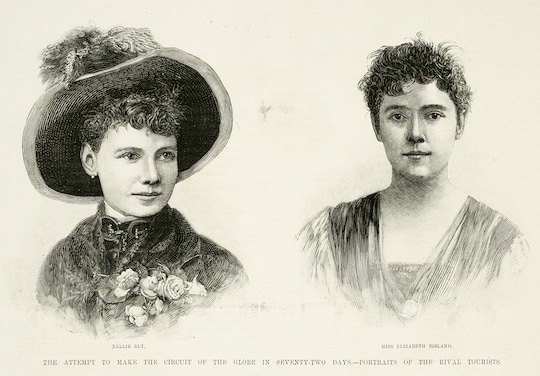
Elizabeth Bisland would write seven articles about her race around the world for The Cosmopolitan, which in 1890 were collected and published by Harper & Brothers as a book entitled In Seven Stages: A Flying Trip Around the World. Her account began:
If, on the thirteenth of November, 1889, some amateur prophet had foretold that I should spend Christmas Day of that year on the Indian Ocean, I hope I should not by any open and insulting incredulity have added new burdens to the trials of a hard-working soothsayer — I hope I should, with the gentleness due a severe case of aberrated predictiveness, have merely called his attention to that passage in the Koran in which it is written, “The Lord loveth a cheerful liar” — and bid him go in peace. Yet I did spend the 25th day of December steaming through the waters that wash the shores of the Indian Empire, and did do other things equally preposterous, of which I would not have believed myself capable if forewarned of them. I can only claim in excuse that these vagaries were unpremeditated, for the prophets neglected their opportunity and I received no augury.
Bisland was a published poet, and throughout the trip she wrote of her experiences in a highly lyrical, impressionistic style, paying special attention to the ever-changing scapes of land and sea. “In the night a hoar frost had fallen,” she wrote one morning, “that was to snow as sleep is to death; and the pale reaped fields, the sere meadows, and silent uplands were transfigured by the first gleam of day.” She delighted in sitting on the top deck of a steamship and watching the ocean for hours on end. “Sapphires would be pale and cold beside this sea,” she wrote on her trip across the Pacific — “palpitating with wave shadows deep as violets, yet not purple, and with no touch of any color to mar its perfect hue. It flames with unspeakable, many-faceted splendor, under a sky that is wan by contrast with its profundity of tint, and the very foam that curles away from our wake is blue as the blue shadows in snow.”
Prior to the around-the-world trip Bisland had never been out of the country before, and during it she discovered a love of travel that would stay with her the rest of her life. This was perhaps best exemplified in a late-night carriage trip she took to the Tanks of Yemen, a remarkable system of ancient stone cisterns. “Our footsteps and our voices echo in hollow whispers from the empty Tanks and the mysterious shadows of the hills,” Bisland wrote, “though we walk lightly and speak softly, awed by the vast calm radiance of the African night. . . . The world grows dreamlike and unreal in the white silence.”
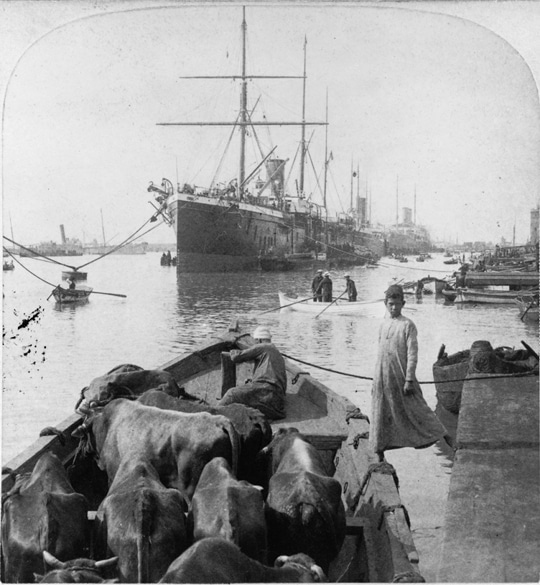
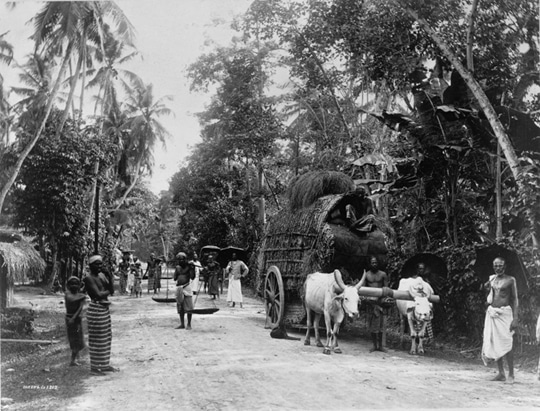
That was what the trip had given her, she would reflect later: the vividness of a new world, where one was for the first time, as Tennyson had written, Lord of the senses five. “It was well,” she told herself when it was all over, “to have thus once really lived.”
It’s instructive to note that in her book Bisland always described her undertaking for The Cosmopolitan as a “trip” or a “journey,” and never — not even once — as a “race.” Still, she was a loyal employee and she threw herself into the competition with vigor. Near the end of the trip, cold and sleepless and hungry, Bisland hurtled by train and ferry through France, England, Wales, and Ireland to catch the steamship that was her last chance to beat Bly, only to have to cross a storm-tossed North Atlantic in the worst weather that had been seen in many years.
In the end, Elizabeth Bisland succeeded in beating Phileas Fogg’s eighty-day mark, completing the trip in seventy-six days — which would have been the fastest trip ever made around the world but for the fact that Nellie Bly had arrived four days earlier.
She arrived home — as she had feared — famous. The race between Bly and Bisland was closely covered by newspapers across the United States, and heavy wagering on the outcome was reported in the country’s gambling houses. As early as the first week of the race, in San Francisco, Bisland was aghast at the steady stream of visitors who sent up cards to her hotel room with urgent messages scrawled on them, but who, she noted in In Seven Stages, had only “a desire to look at me — presumably as a sort of inexpensive freak show.” Unlike Nellie Bly, who upon her return to New York immediately set out on a forty-city lecture tour, Bisland did all she could to avoid the glare of publicity. She gave no lectures, endorsed no products, and did not comment publicly on the trip after the day of her return. Indeed, at the very moment when the American public’s interest in her was at its height, Bisland chose to leave the United States, setting sail for Great Britain, where she lived for the following year. In London’s literary society she met, among others, Herbert Spencer; the popular novelist Rhoda Broughton (the two women would collaborate on a short novel entitled A Widower Indeed); and Rudyard Kipling, who was as smitten with her as the men in New York had been. “I guess you’ll have enough men censer-swinging under your nose to prevent your waving the thurible too markedly under mine,” he wrote in a letter to her. “All the same and until you go after something else new I am grateful.”
Upon her return to New York Bisland married the corporate attorney Charles Wetmore, and together the two designed and built an estate on Long Island. Applegarth, as they called it, was in the Tudor style, made of brick, half-timbering, and stucco, with leaded windows and doorways framed in limestone. The stone fireplace in the drawing room was modeled on one belonging to Queen Elizabeth I, whom Bisland had long admired as having “rejected the whole theory of feminine subordination.”
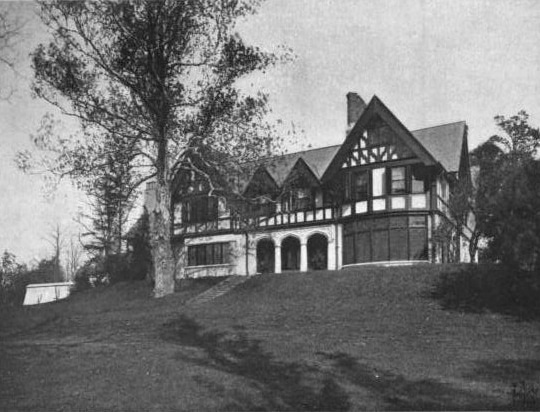
Living at Applegarth Bisland would be highly productive as a writer: Between 1903 and 1910 she edited and wrote the introduction to the two-volume Life and Letters of Lafcadio Hearn, and wrote the highly regarded autobiographical novel A Candle of Understanding as well as several essay collections in which she celebrated the pleasures of literature and forcefully decried the domination of women by men. “The oldest of all empires is that of man; no royal house is so ancient as his,” she wrote in an essay entitled “The Abdication of Man.” “The Emperors of Japan are parvenus of the vulgarest modernity in comparison, and the claims of long descent of every sovereign in Europe shrivel into absurdity beside the magnificent antiquity of this potentate.”
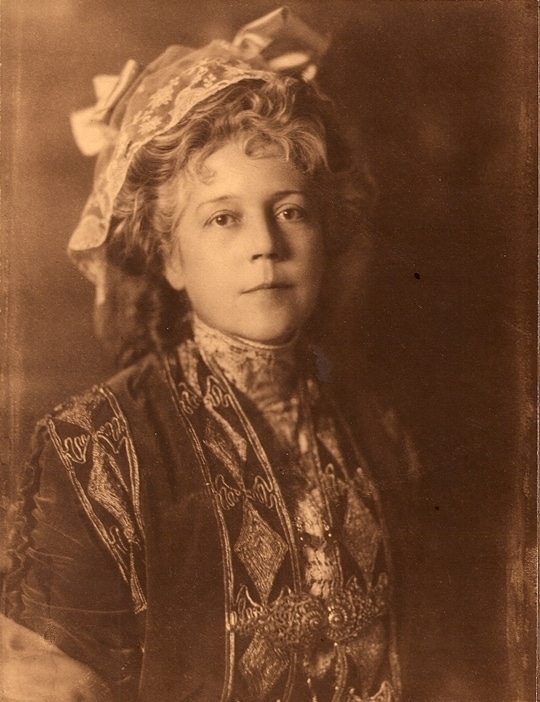
Bisland was a working writer right up until the very end of her life. In 1927, at the age of sixty-five, she published her final essay collection, entitled The Truth About Men and Other Matters. In it she considered relations between the sexes (in the title essay she observed, “The record of the race, hitherto accepted as the truth about ourselves, has been the story of facts and conditions as the male saw them — or wished to see them. . . . No secret has been so well-kept as the secret of what women have thought about life”), country living, travels in Japan; much of the book, though, was about growing gracefully old. In an essay called “Toward Sunset” Bisland observed, “That old age may be agreeable to others and tolerable to itself no other equipment is so necessary as a vigorous sense of humour.” But old age itself, she was quick to point out, “is not an amusing episode.”
Firstly, because one suffers from being forced to dwell in a house steadily falling to decay; a trial to the housekeeper, arousing a sense of some innate incompetence that the beams of the building should sag, doors open difficultly, windows dim with the dust of time, the outer complexion of the house grow streaked and grey with the weathering of many seasons. There is a certain desperation in the realization that no repairs are possible. . . . one braces one’s self to accept courageously the wrongs of time; to wear the lichens and mosses with silent gallantry.
Elizabeth Bisland died on January 6, 1929, at the age of sixty-seven. Today, all of her books are out of print, but she deserves to be better remembered than she is — for the gorgeousness of her prose, of course, and the clear-sightedness of her perspective on the condition of women, but also as someone who chose to turn away from the culture of celebrity just as it was dawning. Bisland never breached the promise she made to herself at the end of the race around the world: to conduct the rest of her life in such a way that no journalist would ever again see fit to put her name in a headline.
Matthew Goodman is the author of the narrative histories Eighty Days: Nellie Bly and Elizabeth Bisland’s History-Making Race Around the World (2013) and The Sun and the Moon: The Remarkable True Account of Hoaxers, Showmen, Dueling Journalists, and Lunar Man-Bats in Nineteenth-Century New York (2008). He can be contacted at his website.
In Seven Stages: A Flying Trip Around the World (1891) by Elizabeth Bisland.
“The Cry of the Women” (1894), an essay by Bisland in the The North American Review.
Old Greenwich (ca.1897) by Elizabeth Bisland.
“The Abdication of Man” (1898), an essay by Bisland in the The North American Review.
The Secret Life: being the book of a heretic (1906) by Elizabeth Bisland.
The Life and Letters of Lafcadio Hearn (1906) edited and introduction by Elizabeth Bisland.
Seekers in Sicily: being a quest for Persephone by Jane and Peripatetica (1909) by Elizabeth Bisland.
At the Sign of the Hobby Horse (1910) by Elizabeth Bisland.
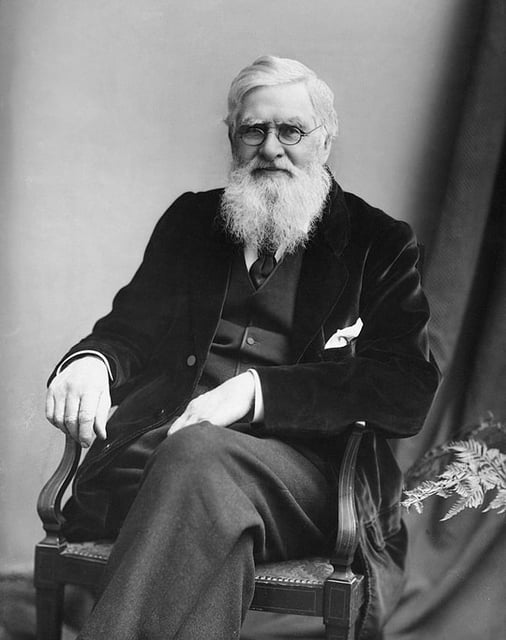 Alfred Russel Wallace: a Heretic’s Heretic
Alfred Russel Wallace: a Heretic’s Heretic